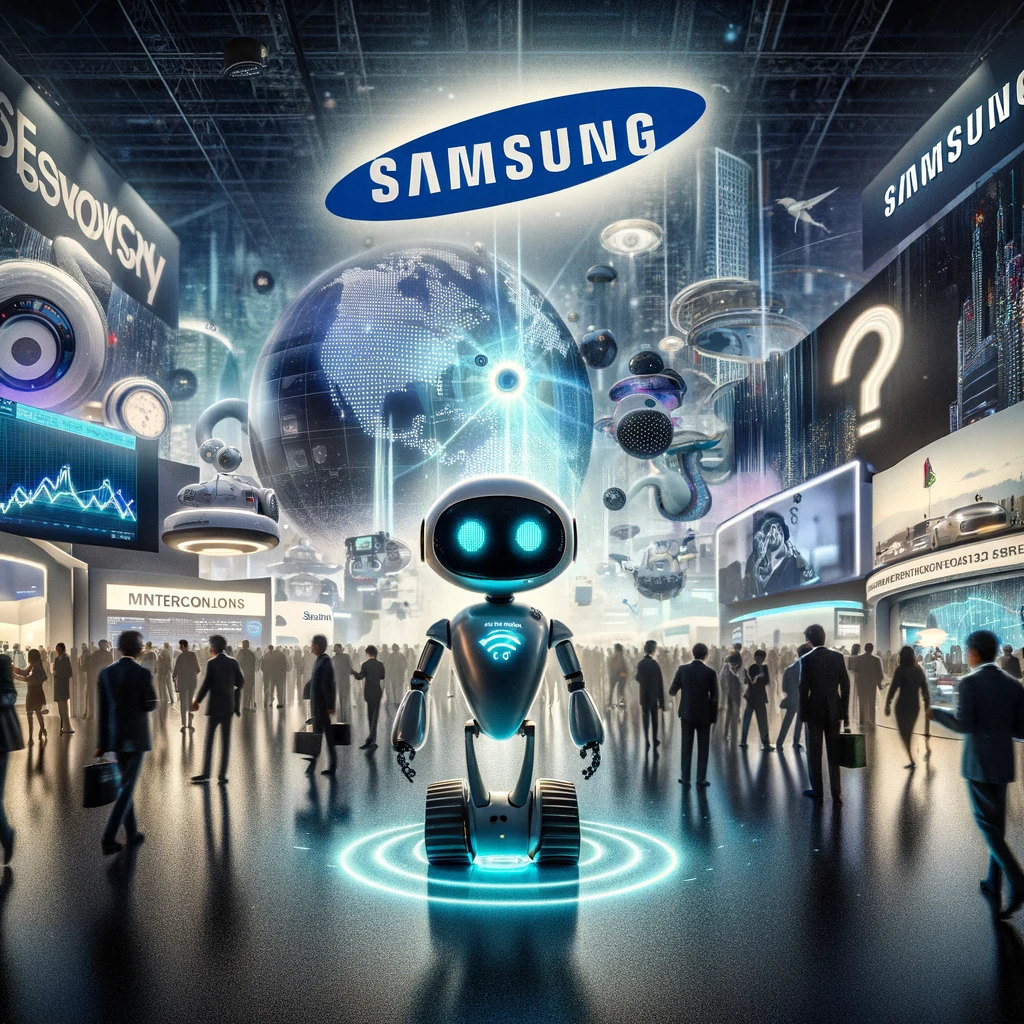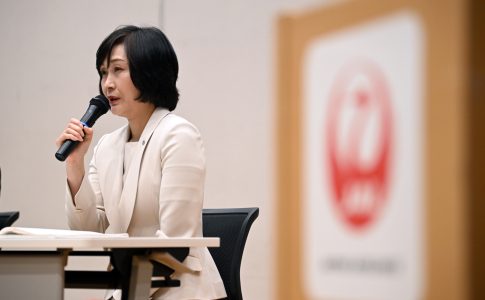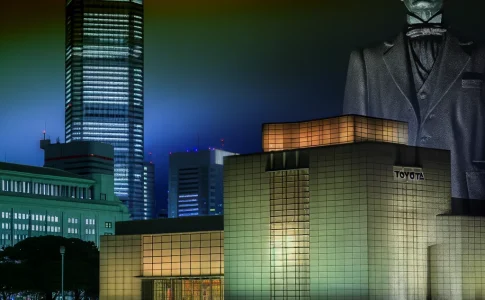On January 8th in Las Vegas, ahead of the world’s largest technology expo, CES, South Korean tech behemoth Samsung Electronics held a press conference with a lofty vision: “AI for everyone.” However, amidst their presentation, a moment of unintended humor arose from the gathered journalists.
A Blast from the Past Samsung’s executives confidently introduced “Ballie,” a spherical home robot designed to monitor homes, control smart appliances, and facilitate video conferences while owners are away. Yet, Ballie, initially unveiled at CES 2020 without ever hitting the market, was making a comeback four years later, prompting chuckles for its rehashed reveal.
Further AI applications showcased by Samsung felt all too familiar, ranging from object detection in robotic vacuums to sound quality enhancements in slim TVs. These offerings paled in comparison to the burgeoning interest in generative AI sparked by ChatGPT in November 2022. Mark Pesce, a renowned futurist visiting the venue, remarked, “There was nothing reflective of 2024’s AI advancements.”
CES has evolved from a primarily U.S. electronics industry event into a platform for revealing future visions. While it might be harsh to directly link a press conference’s luster to current performance, the lackluster event was perceived by some local journalists as a symbol of Samsung’s stagnation.
The following day, Samsung announced preliminary results for the fiscal year ending December 2023, reporting a 14% decrease in sales and an 85% plunge in operating profits to 6.57 trillion won (approximately 720 billion yen), marking a five-year low. This underperformance starkly contrasted with the rival Sony Group’s forecast of 1.17 trillion yen for March 2024.
Samsung’s CES display not only highlighted the electronics division’s struggles but perhaps more critically, the downturn of its semiconductor backbone. The semiconductor division reported a record loss of 14.88 trillion won, a stark reversal from the previous year’s profit, despite the industry’s cyclical “Silicon Cycle.”
Gartner’s analysis showed Samsung experiencing the most significant sales drop among top semiconductor firms, necessitating a closer examination of unique challenges faced by the company. While Nvidia, a leader in GPUs for AI processing, saw a sales surge, its success was attributed to manufacturing support from TSMC, not Samsung.
Another factor was the downturn in DRAM memory chips, an area where Samsung had dominated for 30 years. The industry’s cyclical effects were undeniable, yet SK Hynix managed an early return to profitability, underscoring a divergence in approaches to the booming demand for high-bandwidth memory (HBM) crucial for AI applications.
Samsung’s semiconductor woes, partially attributed to a “man-made disaster” from misjudging HBM demand, reflect a lack of internal accountability. The era of meritocracy and fervor under the late Chairman Lee Kun-hee seems to be fading, as Samsung navigates through these challenges without clear direction.
Amidst these clouds, there was a glimmer of hope at CES for Samsung’s venture into electric vehicles (EVs). The company had laid groundwork by acquiring Harman International for around $8 billion in 2016, under the leadership of Lee’s son, Chairman Lee Jae-yong. However, any excitement quickly deflated when Harman executives focused solely on existing auto software updates, without unveiling any EV concept models.
As Samsung grapples with intensifying competition in smartphones, losing its top spot to Apple and facing rapid expansion from Chinese manufacturer Transsion, the parallels to the plight once faced by Japanese electronics firms become apparent. Samsung, once a learner from Japanese companies, seems to be mirroring their struggles, suggesting that its days of glory, too, are not eternal.












Leave a Reply